PT for Low Back Pain
Low back pain is a prevalent condition that affects millions of people worldwide. It can be caused by various factors such as poor posture, muscle imbalances, injuries, or degenerative conditions. While medication and rest may provide temporary relief, physical therapy has emerged as a highly effective and long-lasting solution for individuals struggling with low back pain. In this blog post, we will explore how physical therapy can play a crucial role in managing and alleviating low back pain.
1. Accurate Diagnosis and Individualized Treatment:
One of the key benefits of physical therapy is its ability to provide an accurate diagnosis and develop an individualized treatment plan tailored to the patient's specific needs. A skilled physical therapist will assess the patient's condition, identify contributing factors, and design a comprehensive treatment program focused on improving mobility, reducing pain, and enhancing overall function.
2. Targeted Exercise Programs:
Physical therapists employ a variety of exercises to address low back pain. These exercises are designed to strengthen the muscles that support the spine, improve flexibility, and promote proper body mechanics. Research has shown that targeted exercise programs are highly effective in reducing pain and improving functional outcomes for individuals with low back pain (1).
3. Manual Therapy Techniques:
Physical therapists often incorporate manual therapy techniques into their treatment plans to alleviate low back pain. Techniques such as joint mobilization, soft tissue mobilization, and spinal manipulation have shown promising results in reducing pain and improving spinal function (2). These hands-on approaches can help restore joint mobility, release muscle tension, and improve overall tissue health.
4. Posture and Body Mechanics Education:
Another crucial aspect of physical therapy for low back pain is education on proper posture and body mechanics. By teaching patients how to maintain correct alignment, lift objects safely, and engage in ergonomically sound practices, physical therapists empower individuals to prevent re-injury and manage their condition effectively in the long term.
5. Prevention and Long-Term Management:
Physical therapy extends beyond pain relief and aims to prevent future occurrences of low back pain. By identifying risk factors and providing patients with tools for self-management, physical therapists enable individuals to maintain a pain-free life and engage in activities they love without fear of exacerbating their condition.
Physical therapy offers a holistic approach to managing low back pain, addressing its root causes, and providing long-lasting relief. Through accurate diagnosis, targeted exercise programs, manual therapy techniques, posture education, and prevention strategies, physical therapy plays a pivotal role in improving the quality of life for those suffering from low back pain.
Citations:
1. Hayden JA, et al. (2005). Exercise treatment for chronic low back pain: a systematic review. American Journal of Physical Medicine & Rehabilitation, 84(11): 776-787.
2. Chou R, et al. (2017). Noninvasive Treatments for Low Back Pain. Agency for Healthcare Research and Quality (US). PMID: 29320616.

